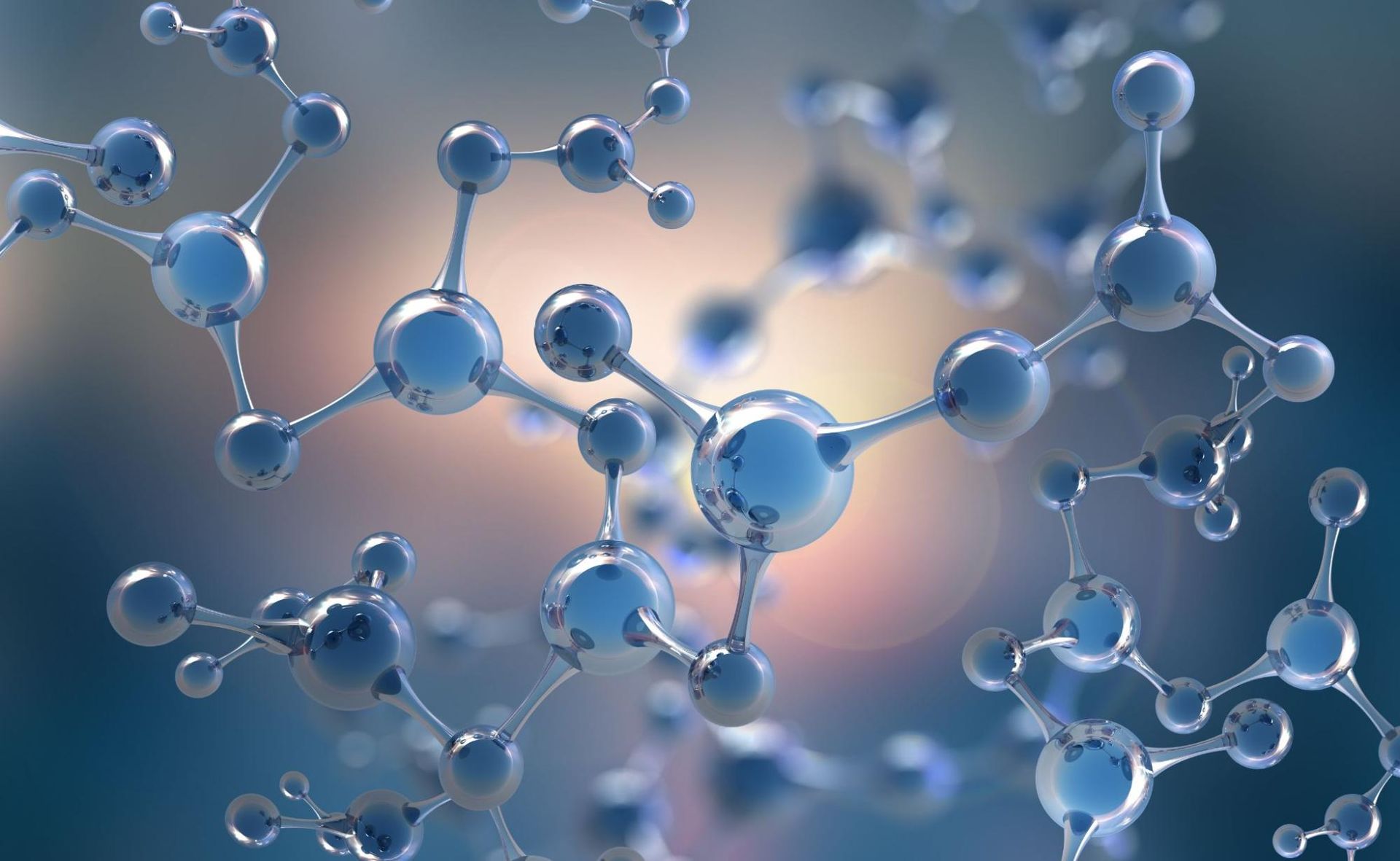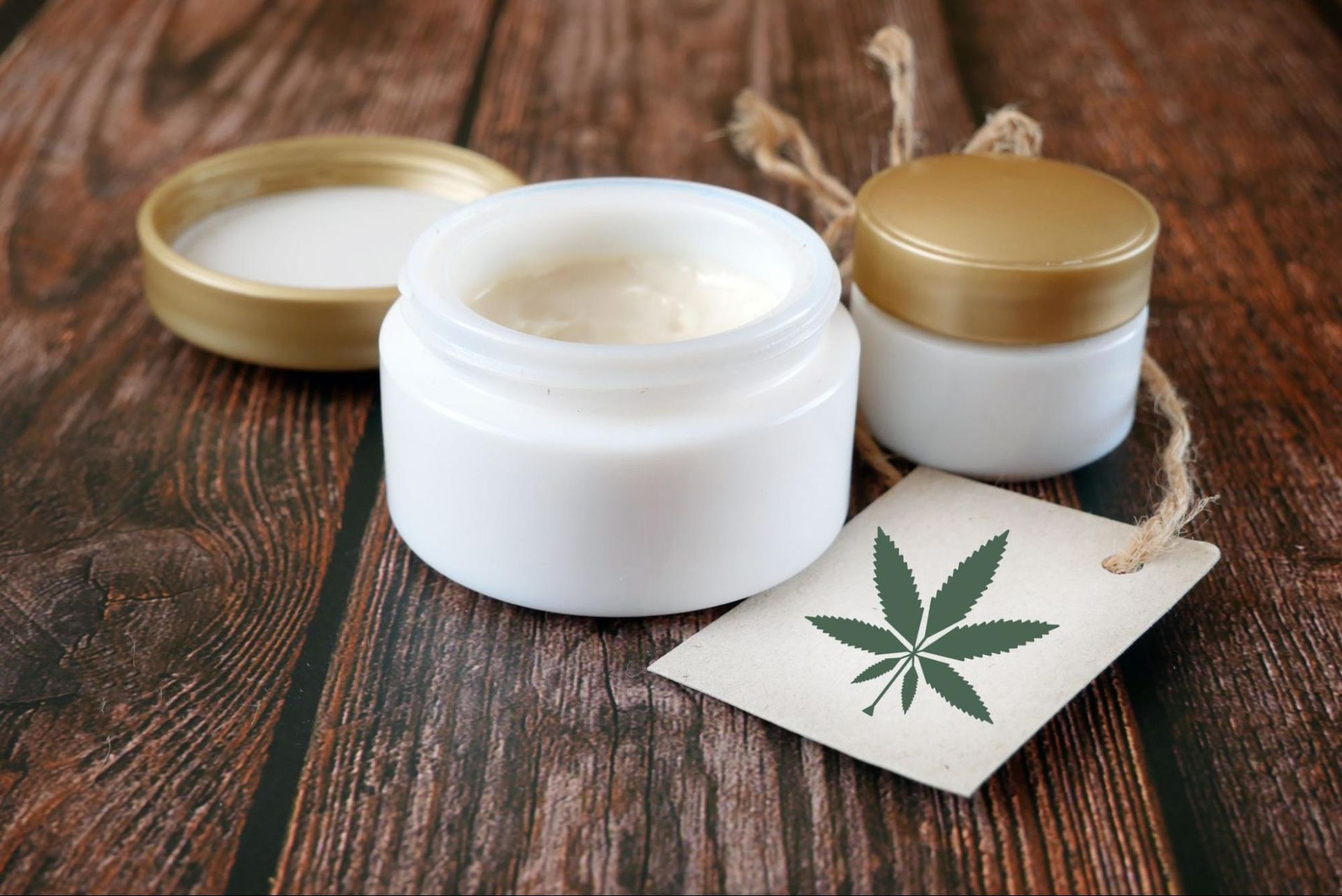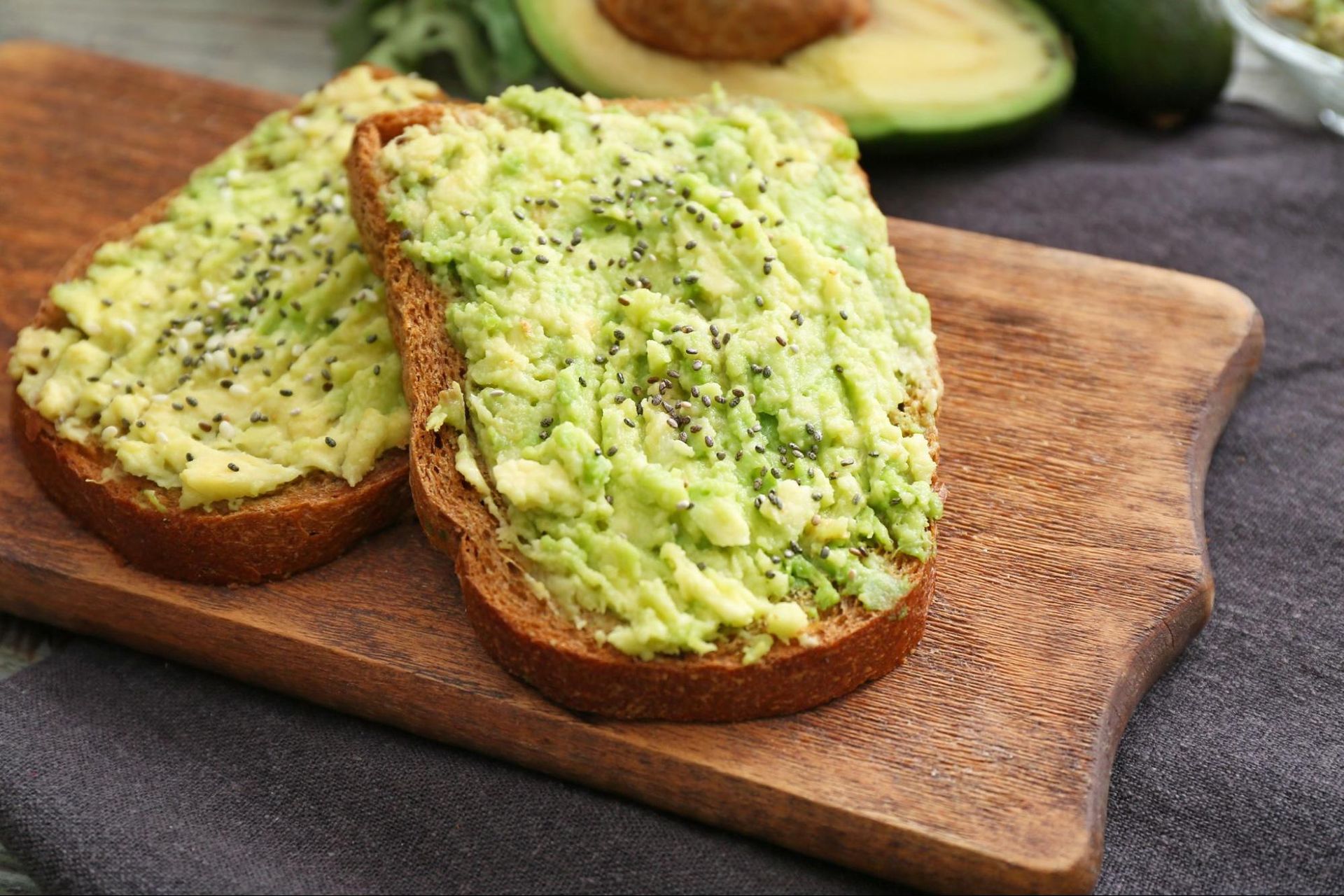The Complete Guide With
Q&As
It’s a common misconception that all of the CBD you take is absorbed by your body. Most people are surprised to find out that when taking 20mg worth of CBD oil, only 5-6 mg may actually be absorbed by the body. To understand why this happens, we need to talk about CBD bioavailability.
Keep reading to find out what CBD bioavailability actually is, how it differs with different consumption methods, and how to increase it to reap maximum benefits.
What is bioavailability?
Bioavailability is a term that describes the ability of a given compound to be absorbed by your body. From prescription drugs to vitamins, every molecule has a different rate of bioavailability. For example, you may be taking a pill with 25mg of zinc, but only be able to absorb about 50% of it. Why? Because the bioavailability of this type of product is relatively low.
There are many things that can impact the bioavailability of a given molecule. For example, fat-soluble molecules typically have lower rates of bioavailability than the ones that are water-soluble. Consumption methods also affect bioavailability. Products that are vaped or smoked are typically absorbed by the body a lot easier than the ones that are ingested. Finally, some compounds need other compounds to become bioavailable. This is why turmeric supplements are typically combined with black pepper extract: piperine makes the active molecule in turmeric (curcumin) bioavailable—able to be absorbed and have an effect on the body.

How does CBD Bioavailability Work?
When it comes to CBD science, bioavailability is a big topic. Research has already shown that CBD products differ greatly in terms of bioavailability. And since CBD can be fairly expensive, it makes sense to understand how CBD bioavailability works—so we can get as much of the molecule into our bodies as possible!
CBD derives its benefits from its ability to affect the endocannabinoid system (ECS). By binding with certain receptors of the endocannabinoid system, CBD restores balance in the ECS. As a result, this molecule can relieve symptoms such as anxiety, insomnia, pain, and much more.
But how does CBD get into the endocannabinoid system? Regardless of consumption method, CBD reaches the ECS through the bloodstream. However, different types of CBD products release the molecule into the bloodstream in different ways. Some get there through the skin, others through the lungs, and others still through the digestive system. Understanding how this works is key to maximizing CBD bioavailability.

CBD Absorption: A Closer Look at Different Consumption Methods
As we’ve previously mentioned, the bioavailability of a given molecule varies greatly based on how it’s taken. Apart from intravenal injection, no consumption method offers 100% bioavailability.
There are four main ways of consuming CBD:
- Through the lungs (vaping or smoking)
- By ingesting (taking CBD capsules or eating a CBD edible like CBD gummies or CBD chocolate)
- By taking it under the tongue (CBD oil or sublingual strips)
- Through the skin (with products such as CBD cream, or a transdermal patch)
Now let’s take a closer look at how they each work:
When you smoke or vape CBD, the molecule enters the bloodstream through lung tissue. Your lungs do filter out a percentage of CBD molecules, but it’s relatively low. The bioavailability of CBD that is smoked or vaped is estimated to be around 50%. While this may not seem like a lot, it actually makes vaping or smoking CBD the most bioavailability-boosting method of consumption. Smoking or vaping CBD also offers the fastest results, as CBD starts to enter your bloodstream as soon as you take the first inhale.
Ingesting CBD with products such as CBD gummies or CBD capsules is an easy way to get the molecule into your system—but very little of it may actually reach your endocannabinoid system! After you take an edible CBD product, it has to go through your digestive tract before it can start to affect the endocannabinoid system. And that takes a while! Expect to wait up to 2 hours before you start to feel an effect from these products. Because the liver also filters out so much of the CBD molecule, you’ll find that their rates of bioavailability are very low. Studies estimate them to be as low as 5% and as high as 19%.
When you take CBD under the tongue, you can expect to feel some effects in as little as 15 minutes. The reason why “sublingual” (under the tongue) application is so much more effective than simple ingestion is thanks to a vein called the “sublingual gland”. This vein has the ability to communicate directly with the bloodstream—molecules that are placed there have the ability to bypass the digestive system completely, which makes for much better rates of bioavailability. Most studies estimate them to be somewhere between 15 and 30%.
When you apply CBD products to the skin, cannabinoids make their way into your system through the epidermis. There are actually a lot of endocannabinoid receptors found directly under the first layer of your skin. As a result, transdermal (topical) CBD application has the potential to offer very fast results. According to one study, the rates of bioavailability of topical CBD products were around 40%.
CBD bioavailability FAQs

How do you increase CBD bioavailability?
The first step to increase CBD bioavailability is choosing the right product. Vaping CBD is actually a great option for most people, as it offers fast results and the best rates of bioavailability.
For the people who don’t want to vape or smoke however, there are a few tips and tricks you can use to make CBD oil more bioavailable.
First, make sure to line your stomach before taking CBD oil or a CBD edible. This study found that CBD was up to 5 times more effective when taken on a full stomach.
Because CBD is a fat-soluble molecule, it’s also a good idea to take it alongside a source of fat: a spoonful of coconut oil or a piece of avocado, for example.
Finally, some studies have found that taking CBD with black pepper makes it more effective. These research findings indicated that CBD absorption was boosted 2.5 times by taking it alongside piperine, one of the active compounds in black pepper.
What is the best consumption method in terms of CBD bioavailability?
The best consumption method in terms of bioavailability is inhalation. Smoking or vaping CBD gets more of the molecule into your system, simply because your lungs don’t filter out as much as your digestive tract or skin. Topical application (through the skin) is a close second, although topical CBD products are a lot harder to find.
Is taking CBD edibles a waste of time?
With rates of bioavailability as low as 5%, CBD edibles can seem like a waste of time. However, there is some value to them too. For example, they do provide longer-lasting effects than a lot of other products, because CBD gets released into the bloodstream much more slowly. They may also be a good pick for those who suffer from pain or inflammation on a digestive level (such as people with Chron’s disease.) But in general, CBD edibles don’t tend to be worth their price.
Does CBD absorption vary from person to person?
Yes! All of the rates of bioavailability we’ve mentioned in this article are taken from averages. The truth is, bioavailability can vary greatly from one person to the next. Factors such as health, age, and the state of a person’s liver can all impact how much CBD we absorb.
The Final Words on CBD Bioavailability
As people who consume CBD, we just can’t neglect the importance of bioavailability. Low bioavailability products can end up costing you a lot of money without ever delivering the effects that you expect. If there’s one thing to remember from this article, it’s this: inhaling CBD or applying it to the skin are the 2 best ways to get your money’s worth with CBD products and actually get the relief you want.
Renact offers a range of clinically-tested cannabinoids vaping extracts that deliver on bioavailability and quality. Try out our specialized CBD vapes for sleep or anxiety today with your first starter kit!



